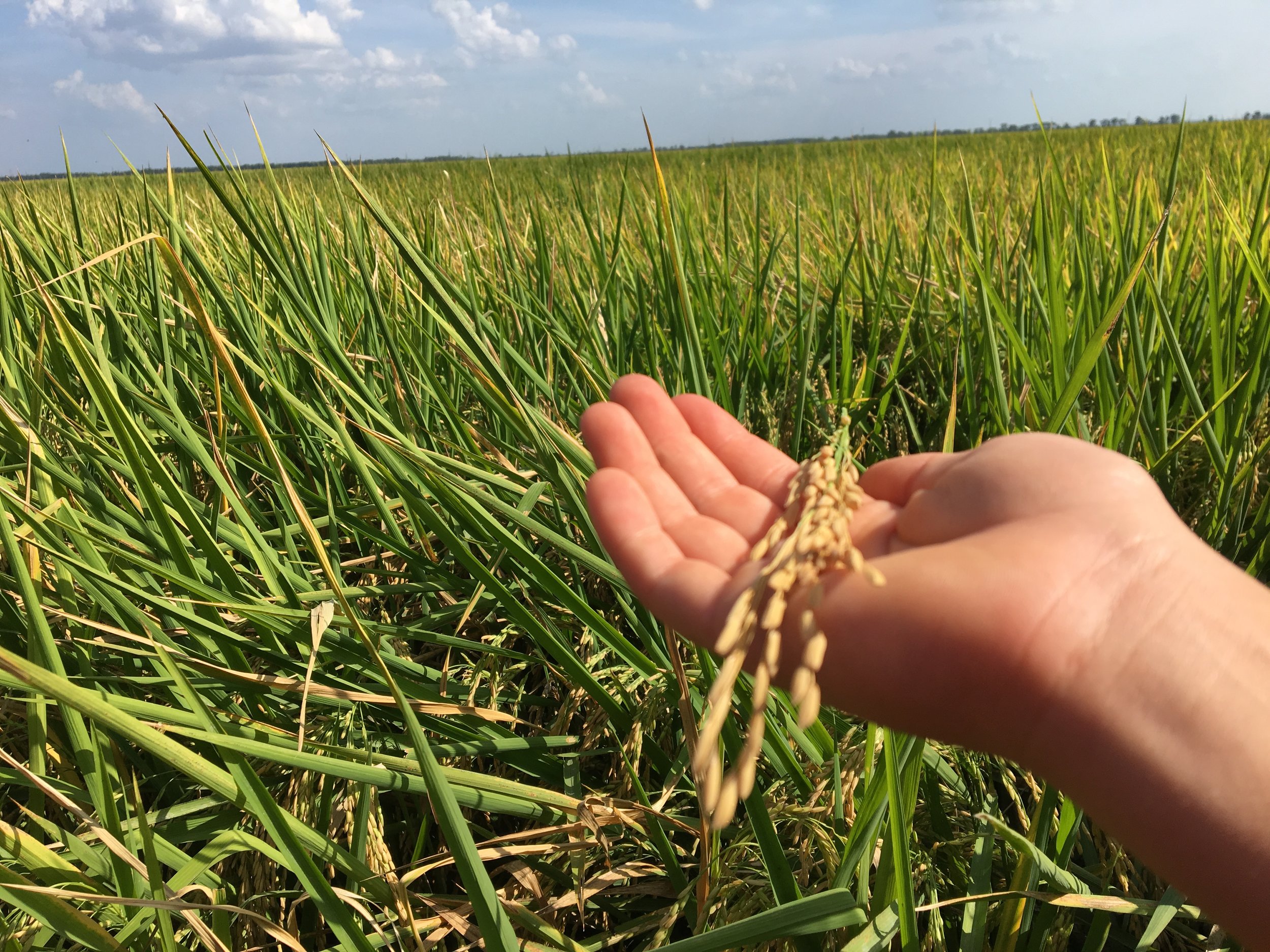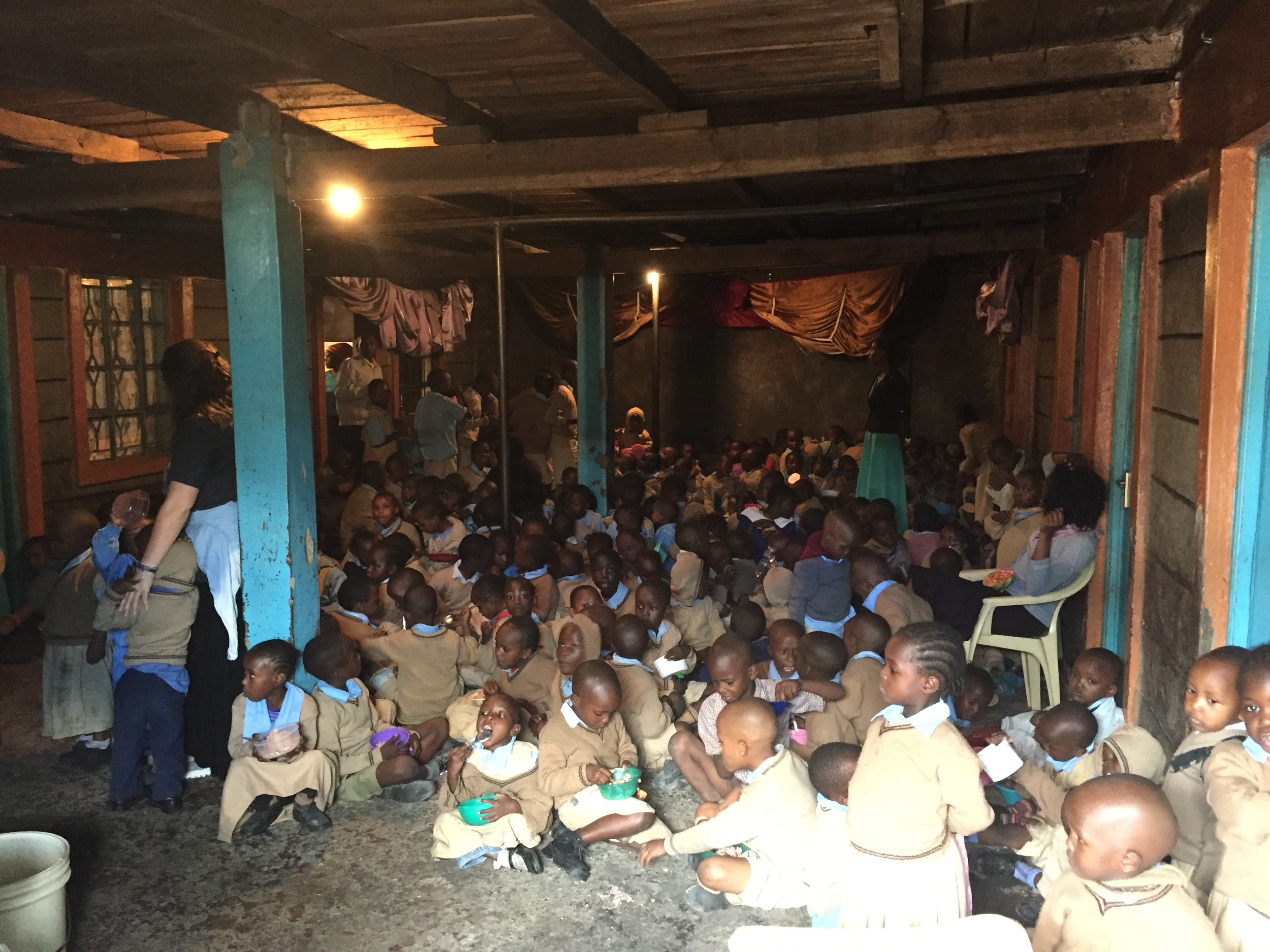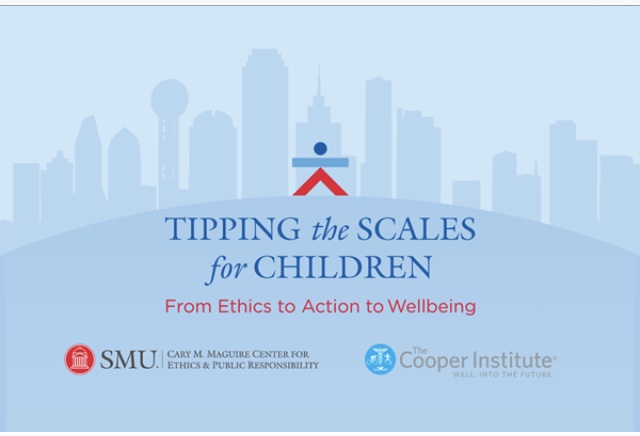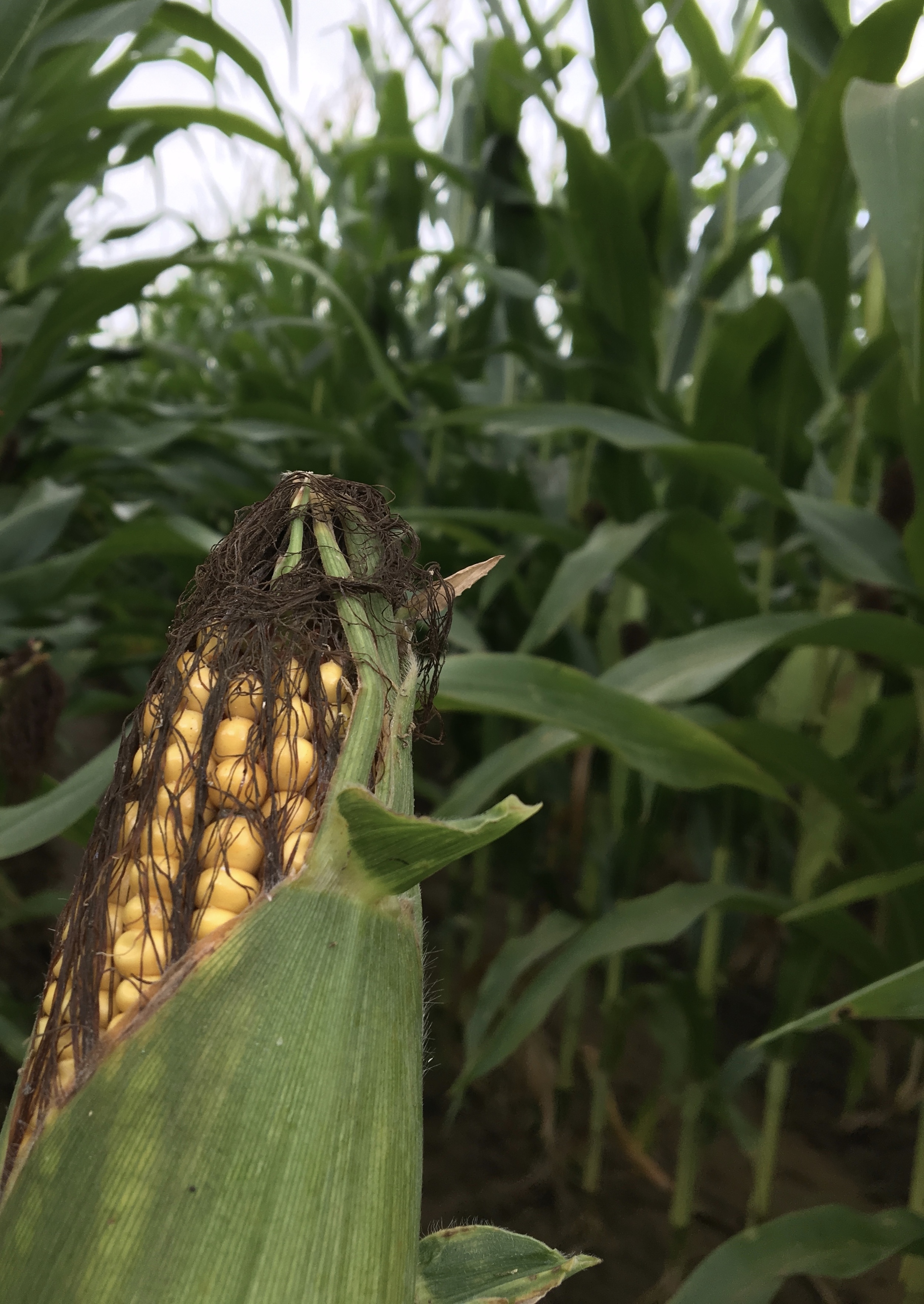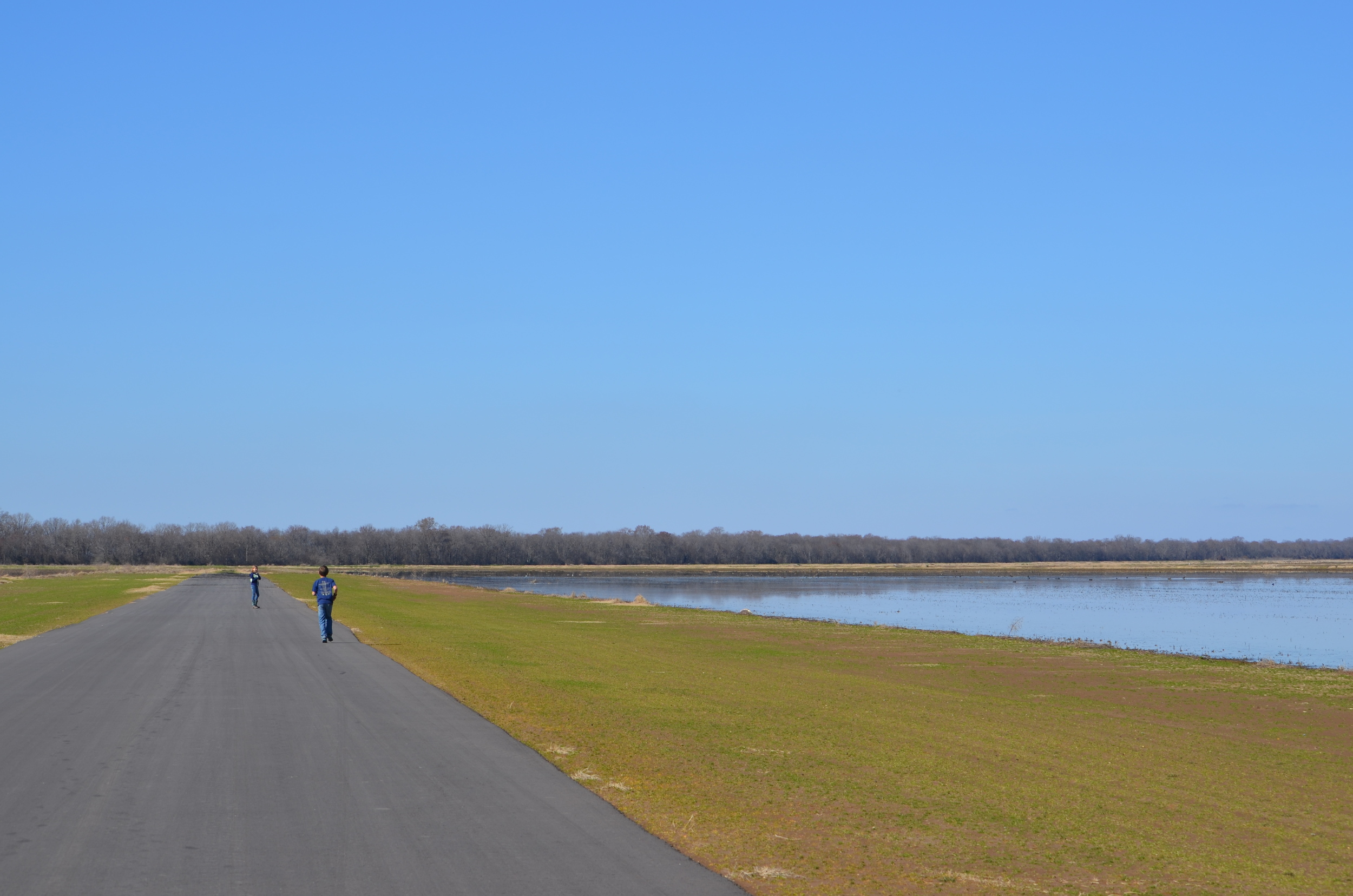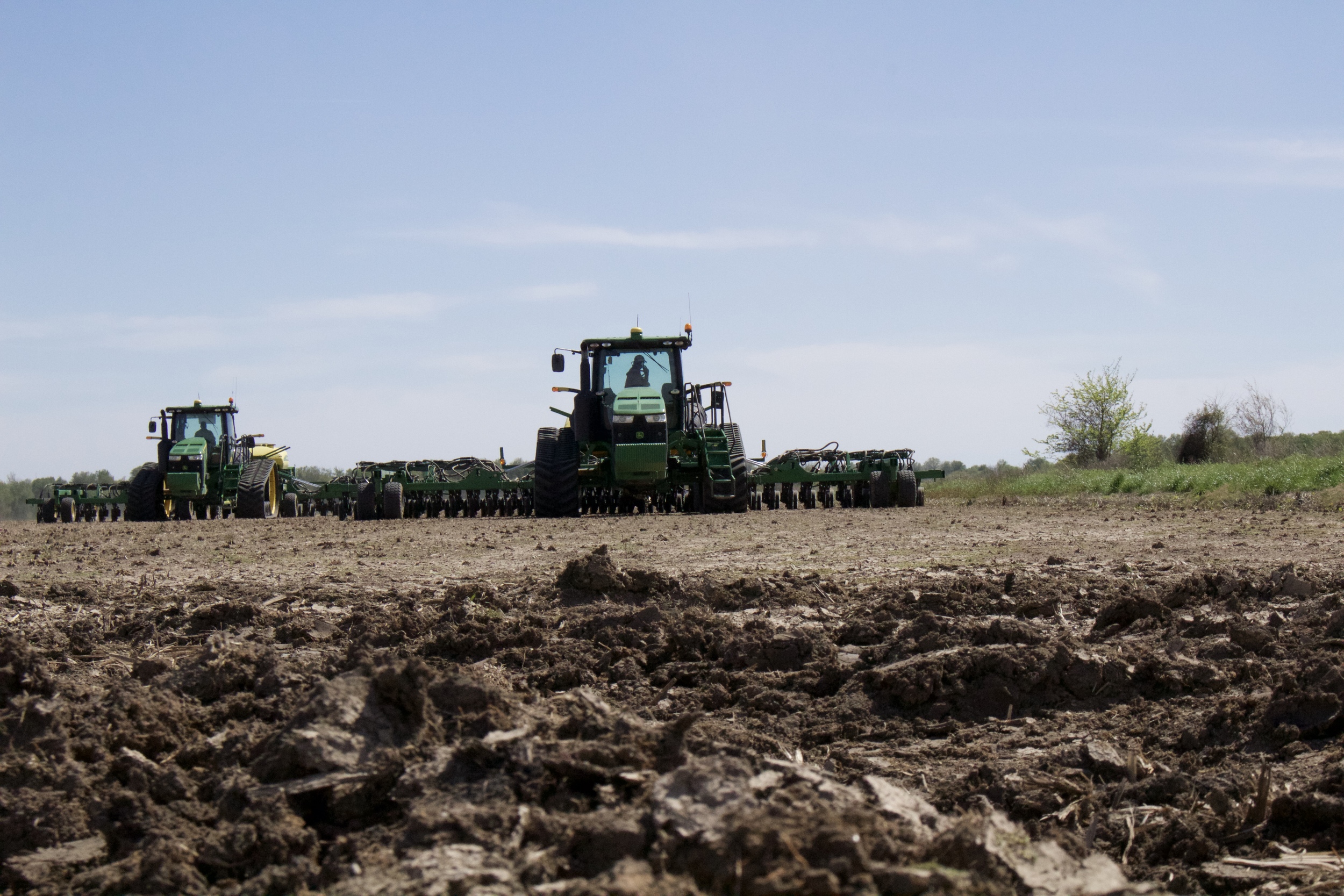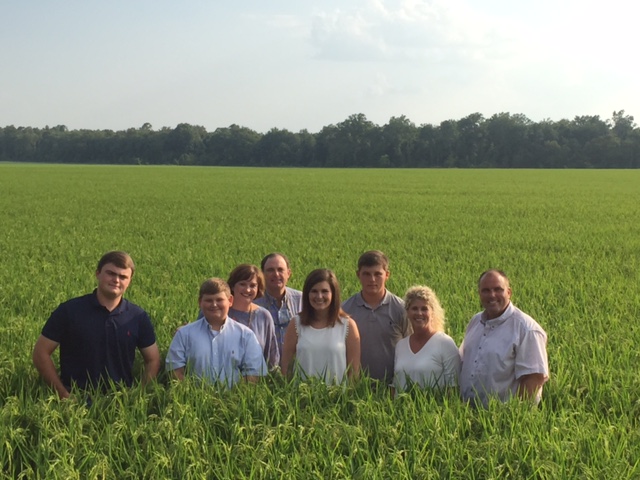Our first Farm Day was a huge success! We partnered with John Paul and Heather Dineen to host a group of 26 Middle and High School students who participate daily in the Baylor Scott & White Health and Wellness Institute’s Summer Program in Dallas, TX. The Dineens farm wheat, corn, milo, pork and beef in Waxahachie, which is about an hour south of downtown Dallas, and have a passion equal to ours for bridging the gap between urbanites and agriculture. They were a perfect fit for our vision!
First stop: the corn field. The school bus pulled up to the corn field, and students unloaded into a warm day and a welcoming smile from John Paul who took the next several minutes to explain many of his farming practices. We heard about the technology involved in modern farming, the cost of seed, the need for pest management and the current market price for corn. As John Paul explained the intriguing way farmers use GPS and technology, I overheard a High School boy say “I just found my new career.” Students asked great questions like, “How do you know when the corn is ready to harvest?”, “Did you plant this by hand?” and “How long did it take you to plant this field?”
After a great introduction to farming, students were released to explore the corn field. While some chose to stay on the edge of the field, many braved the bugs and scratchy leaves to discover the ears, silks and husks for themselves.
Next stop: the kitchen. The Dineens flung their doors wide open and welcomed us into their Yellow Farmhouse. Using the milo grown in their fields, Heather demonstrated how grain is ground into meal and used for cooking. The students divided into groups and sat around tables with recipes, ingredients and utensils ready to prepare fresh field to table dishes.
“Try one new thing” was the challenge given as fresh, healthy snacks were passed around during a break. Cucumbers, blue berries, strawberries, cantaloupe, grape tomatoes, walnuts, peanuts, and almonds were among the offerings. Mixed reviews came back from the ones who accepted the challenge, but a light-hearted, adventurous atmosphere made trying new food fun and positive.
Using Heather’s innovative baking mixes, leaders walked students through the process of making corn bread, milo bread, pinto beans, green salad and delicious brownies. Tables buzzed as the ingredients were chopped, measured, stirred and poured. And what better use of waiting time than getting some fresh air? The students filed out to see the cows that came up to the fence and, of course, squeeze in a little game of catch.
Students returned to find their water bottles refilled and plates served with warm breads and fresh salad awaiting them. Heather explained the healthy benefit of eating whole grains and fresh produce on a regular basis.
When people see first-hand where their food is grown, their attitude about food and nutrition begins to shift from skeptical to appreciative. Seeds are planted that develop into new ideas about long term health.
The majority of the students who attended this Farm Day live in neighborhoods where many of the residents struggle with nutrition-related health problems like diabetes, heart disease and obesity. Limited access to fresh foods is a leading cause to many of these chronic issues. We hope that by exposing these students to the idea that strong health is accessible by making a few simple lifestyle changes, the trajectory of their families and their community will turn toward more stability and hope.
It was an honor to have our unique experience highlighted in the Dallas Morning News. You can read the article here: Dallas Morning News.





























